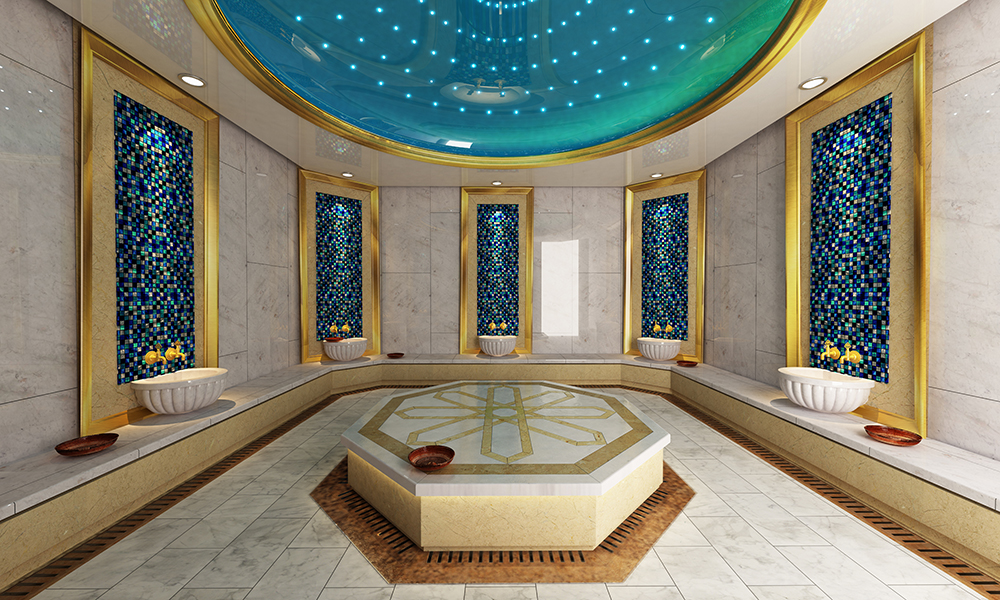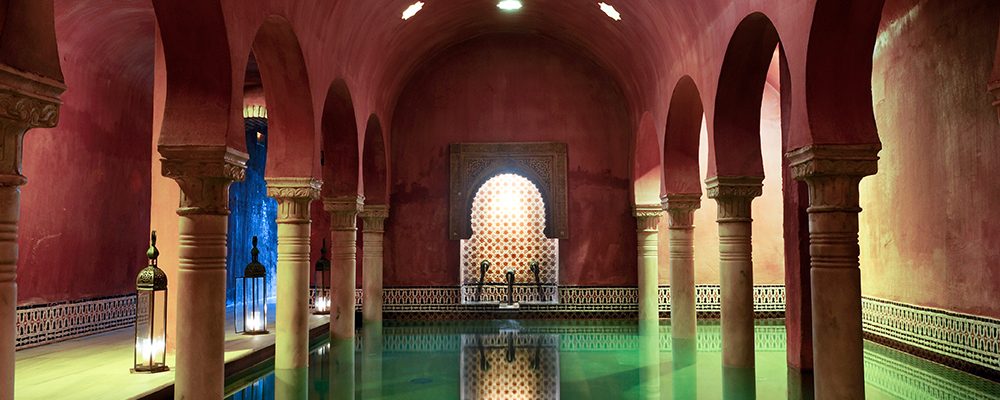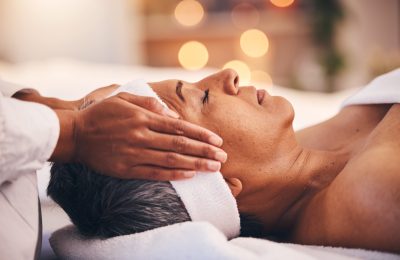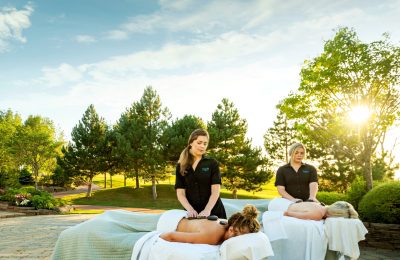Top Destination SpaSte. Anne’s SpaGrafton, Ontariowww.steannes.comAt Ste. Anne’s Spa, guests come to unwind and rejuvenate while leaving their stress and…
The ABC’s of hammam
Meaning both a public steam room and a deep cleansing treatment, hammam is the ultimate wellness ritual.
This exquisitely purifying ceremony has been around for centuries. The first hammams were found in Arabia, and it was the Turks who made them popular by allowing access for all. When the Ottomans took Constantinople (now Istanbul) from the Romans in 1450, they brought with them their own bathing traditions. The Turk Ottomans soon encountered the Roman bath habits and merged these with their own. Thus a whole new cleansing ritual was born, conforming to the requirements and rules of Islam. The Turks called it hammam, meaning “the spreader of warmth.”
Although we think of bathing as a private activity, the public bath, or hammam, was a vital social institution in any Middle Eastern city for centuries before the development of modern plumbing. Hammams played a central role in promoting hygiene and public health, but they also served as meeting places where people could relax and socialize. The Ottomans were inspired by their religion and followed their own cleanliness rules. They considered bathing to be a purification ritual completed before prayer. For this reason, many modern-day hammams can be found next to a mosque. The oldest Turkish bath in Istanbul, Ağa Hamamı (built in 1454) is one of the many baths in Turkey frequented by locals and tourists today.
Traditionally, a Turkish bath has three interconnecting rooms: a camekan, a sıcaklık and a soğukluk. Double Turkish baths have separate sections for men and women, whereas single baths accommodate women on certain days and hours. The first room (camekan) is an impressive entrance hall that serves as a reception and locker area, where you undress and receive a Turkish towel (peştemal) to cover your body, and a pair of wooden slippers to prevent slipping on the wet floor. Next, a masseur (tellack) escorts you to the main room (sıcaklık) where thick, wet steam begins to relax the muscles and detoxify the body. The earliest Turkish baths were heated by the hypocaust system used in Roman baths, which used a wood or coal furnace to heat water used in the bath and air that circulated under the floor and in the walls. The sıcaklık features a large marble slab, usually octagonal or rectangular in shape – called a göbek taşı, or belly stone – in the centre, and niches with fountains in the corners of the room. The most distinct feature of the sıcaklık is the dome-shaped roof decorated with circular or star-shaped windows, through which natural light illuminates the space with an otherworldly glow.

While lying on the stone or seated in one of the niches, treatment begins with a muscle-kneading massage and then pours of warm water, followed by a vigorous scrub using a rough cloth glove, called a kese, all over the front and then back of the body to remove dead skin. After rinsing off the dead skin, mounds of bubbles are piled onto the body and black soap is massaged into the skin. Black soap is made with eucalyptus oil, olive oil and macerated olives that give the soap its characteristic dark green-black colour. After the final cleanse and cool water rinse, the body feels revitalized, smooth and moisturized. The last room, the soğukluk, is a room for recovery, like a modern-day tea lounge, where you can relax and re-energize with a cup of warm tea and sweets like baklava and Turkish delight.
The Turkish bath is one of the oldest cleansing traditions in the world, and in the 15 years since I opened the award-winning Hammam Spa, a modern interpretation of traditional Turkish baths in downtown Toronto, it has been our most popular treatment because it is a unique ritual. We’ve maintained authenticity of the treatment by using similar products and techniques, and we’ve brought it into the 21st century with luxurious facilities inspired by the ancient architecture of the Turkish bath.
With nearly 900 guests coming through the spa doors weekly, I know how vital the experience of being pampered is to our sense of well-being, and that a Turkish bath promotes healthy skin, body and mind. The detoxification, exfoliation and relaxation steps of the Turkish bath can result in a healthier immune system, increased circulation, less stress and beautiful skin. If you have yet to experience a Turkish bath, I encourage you to give it a try. I promise you’ll feel refreshed, and your skin will never feel softer.



